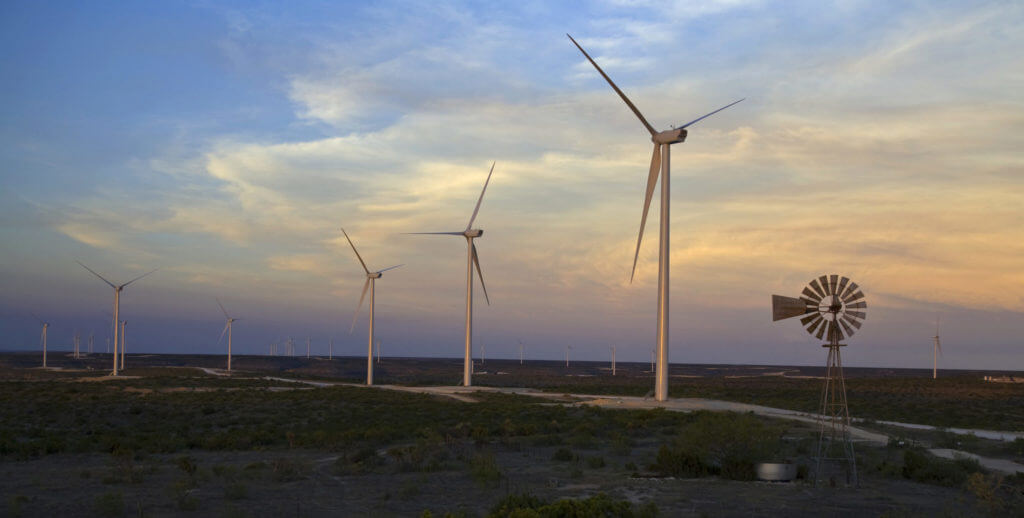American universities learn wind power is a good deal
This blog post is by AWEA Public Affairs summer intern Carolina Ramirez. Carolina is a rising senior at the University of Notre Dame majoring in Political Science and Russian & East European Studies with a concentration in World Politics.
At a time when the U.S. student loan debt has reached the $1.2 trillion mark, many college students are feeling the pressures of continually increasing tuition rates and the prospect of graduating thousands of dollars in debt. However, a number of universities across the country have launched both large- and small-scale clean energy initiatives that are simultaneously reducing institutions’ environmental impact and in some cases proving beneficial to the affordability of higher education.
Almost 700 university presidents are already taking action by signing the American College and University Presidents’ Climate Commitment— a pledge to make significant changes on campus to reduce the institutions’ carbon footprints. Although most universities who purchase wind power have opted for short-term contracts of one to three years, some have recently decided to follow long-term power purchase agreements (PPAs).
Recently the Environmental Protection Agency’s Green Power Partnership hosted a webinar focusing on the achievements made by The Ohio State University, the University of Oklahoma and Oklahoma State University by purchasing wind power. A reduced carbon footprint, enhanced sustainability ratings and a positive economic impact are some of the major benefits experienced by these schools. The Ohio State University will save $1 million a year on its energy bill from the 50 MW PPA and Oklahoma State University is expected to save more than $10,000,000 throughout its twenty-year contract period thanks to their wind farm project.
Then there's Fort Hays University (FHU) in Hays, Kansas. A recent article from KSN News explains how the construction of two wind turbines provided by Vestas Wind Systems has cut electricity costs and successfully generated enough energy to power the entire FHU campus for the past two years. FHU has saved almost a million dollars annually, and faculty and students in particular are realizing the cost benefits of green energy through lower tuition costs. While Kansas universities have bumped up tuition by four percent on average, Fort Hays has been able to cut that increase to two percent.

Montgomery County Community College (MCCC) in Pottstown, PA has also demonstrated leadership in environmental entrepreneurship. As part of MCCC’s Guaranteed Energy Services Agreement with Siemens Industry Inc., a demo project consisting of four, 25-foot wind turbines has been installed with the purpose of powering the LED lighting in the college’s Riverfront Academic and Heritage Center parking lot. Operating at quiet sound levels and producing 1,000 watts of energy each, the turbines along with energy conservation projects are estimated to provide a combined 19 percent in reduced energy usage and over $6 million cost savings in the next fifteen years.

Photo credit: Sandi Yanisko, Montgomery County Community College
Not only is the implementation of wind turbines and other clean energy initiatives empowering institutions and setting a precedent of sustainability and environmental consciousness, it also keeps the interests of a university’s primary stakeholders— its students—in mind. Renewable energy cannot solve the student debt issue singlehandedly, but it is a step forward in the move to providing more affordable education for America’s bright minds as institutions cut their costs.
States such as Pennsylvania, Ohio and Minnesota are currently plagued with some of the highest levels of student debt in the country. These regions are also wind rich and have great potential for producing energy that could significantly decrease carbon dioxide emissions, cut spending on power and create jobs at the local and state levels. Taking a look at the possibility of powering campuses nationwide with clean energy—especially wind— is a smart choice for our universities.




